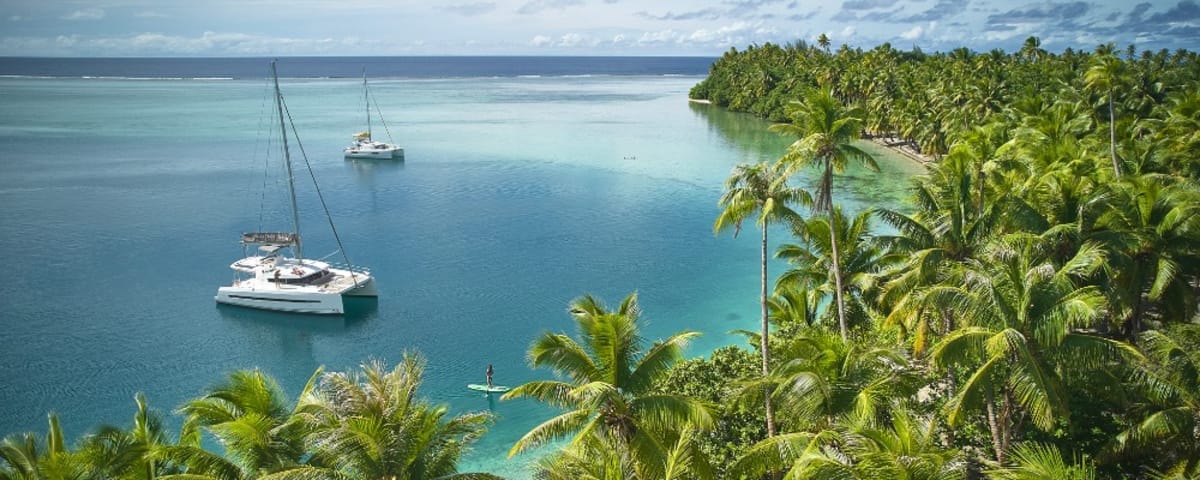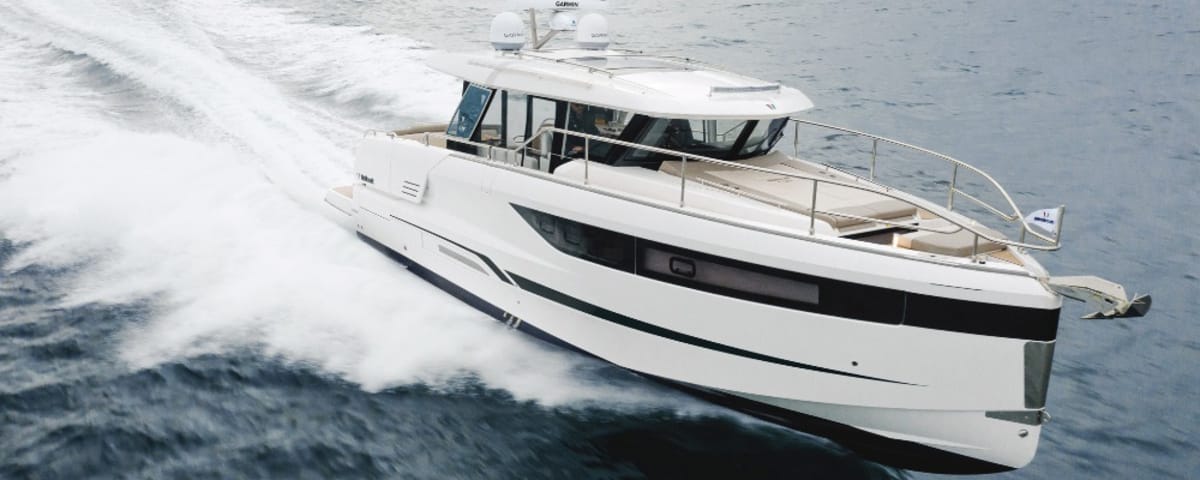The Elusive Dream of the Amphibious Car
From imagination to launch, including design and development, is a significant leap. As for the profitability of the few projects that have been completed, it remains to be seen…
Vehicles that travel on land and navigate the sea have always existed: military vehicles. They were used for the Normandy landings on June 6, 1944, and in some military operations, but over very short distances, both on land and at sea. There are also Sealegs, well-designed semi-rigid boats, but propelled on land by an electric motor that allows them to go from the parking lot to the water’s edge over a few hundred meters. Kilometers? Hmmm… 3.7 maximum and at a speed of 7.5 km/h in the high-end XRT version. Sealegs are good boats, not cars.
The true amphibious car drives on land and navigates on water propelled by the same engine. The only one that really worked was the one developed by the German industrialist Hans Trippel in the 1960s. The Amphicar was built on a Triumph Herald base, an English car whose 1147 CC engine was the most modern of the time. The Amphicar was advertised with attractive performance figures: 112 km/h on the road and 7 knots on the water. A genuine car and a small boat for cruising on calm waters. On land, the Amphicar proved dangerous beyond 70 km/h. The ground clearance is so high that the handling is unpredictable. On the water, a steering problem makes maneuvers imprecise: in fact, the front wheels act as a rudder… Suffice it to say that you have to anticipate so much for the slightest current and every breath of breeze that the happy owners of the Amphicar only dare to take their pretty convertible out on calm, freshwater lakes. Still: two Amphicars crossed the English Channel from Dover to Calais on September 16, 1962. Legend has it that they faced waves of six meters. This legend is no more true than the others. There was a long swell from the west, certainly, but no waves and little wind. Little current too: the crossing was made in neap tides, a few days after the equinox tides. On the same day, President John Kennedy announced the American determination to conquer the moon. Despite the Cold War, it was a time of great ambition…
Production of the Amphicar was launched but was only acquired by those who were seduced by a fun car. The Amphicar was never considered a means of transportation. Started in 1960, production stopped in 1965. 3878 units were built. New ones were sold until 1968, as production had outpaced sales. Two-thirds went to the United States. There are reportedly 600 left in the world, including 450 in the United States and around 80 in Europe. It was not so much corrosion that got the better of the Amphicars, which had to be greased in 13 places after each outing, but fire: the fuel tank is placed in front of the electrical circuit, and if the engine overheated, a fire would put an end to the owner’s dream, who had only been happy on the day of his purchase…
New Projects Still Docked
Several specialized manufacturers offer amphibious vehicles that are not yet approved on the French market:
- Gibbs Amphibian, an American company based in Michigan (near the Great Lakes), offers an almost complete range, from family cars to ATVs, to jet skis.
- Watercar, a manufacturer based in California, offers a 22-foot boat powered by an outboard motor and able to travel on the road, over a short distance. Comparable to the Sealegs that can be purchased on the French market.
- BYD, the famous Chinese manufacturer, plans to export the Yang Wang to Europe. The car detects a water depth of one meter, raises the suspension, opens the roof, floats for 30 minutes, and moves on the water at a speed of 3 km/h. Not for those who want a leisure vehicle… For those who live in fear of floods.
Enjoyed this post by Thibault Helle? Subscribe for more insights and updates straight from the source.


